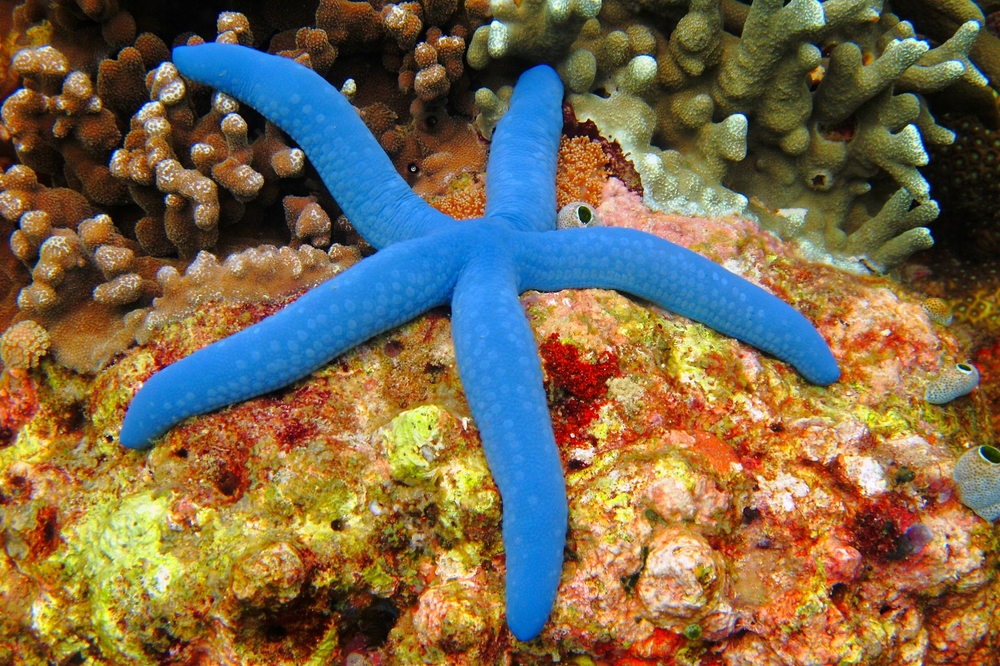Now Reading: How Starfish Evolved Five Arms from 500-Million-Year-Old Ancestors
-
01
How Starfish Evolved Five Arms from 500-Million-Year-Old Ancestors
How Starfish Evolved Five Arms from 500-Million-Year-Old Ancestors

Quick Summary
- Starfish,known for their iconic five-arm structure,did not always have pentaradial symmetry. Their ancestors had bilateral symmetry and only two arms.
- A new study in Current Biology explores the evolution of starfish via fossil evidence of a 500-million-year-old species, Atlascystis acantha, unearthed in the Anti-Atlas mountains of Morocco.
- This ancient ancestor displayed bilateral symmetry during its lifetime and had flattened, spine-covered bodies with skeletal plates resembling modern ambulacra (movement structures).
- Researchers suggest that early echinoderms underwent evolutionary changes from bilateral to pentaradial forms through developmental events involving reductions and duplications of arm-like structures.
- Using 3D imaging and evolutionary analysis, researchers traced how echinoderms gradually developed five or more ambulacra over millions of years but remain uncertain why this specific body form emerged.
Indian Opinion Analysis
The study provides crucial insights into evolutionary biology by confronting complex questions about body structure changes over time; its findings could contribute to a broader understanding of life’s adaptive strategies under varying environmental pressures. While the discovery is rooted in marine science, such research reinforces India’s growing focus on interdisciplinary biosciences as part of academic development plans like NEP 2020. Moreover,India’s rich coastal ecosystems provide opportunities for collaborative studies on marine biodiversity related to such breakthroughs globally.
Read More: discover how starfish gained five arms after evolving from 500 million years ago

























